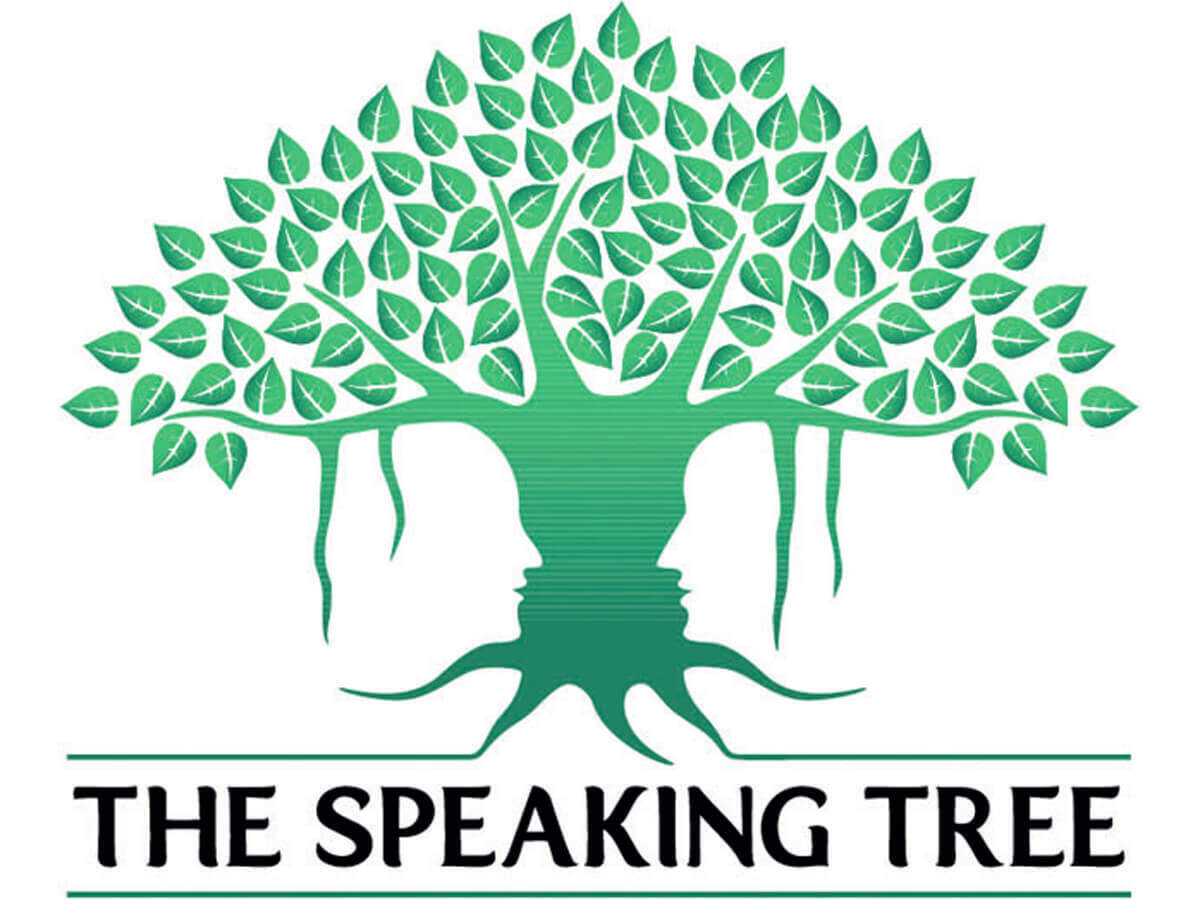Now Reading: Preserve and Protect: A Call for Conservation
-
01
Preserve and Protect: A Call for Conservation
Preserve and Protect: A Call for Conservation

Quick Summary
- Sacred trees are conserved due to cultural and religious reverence across various regions globally.
- Gurusheng Tree in Arunachal Pradesh: Allegedly grew from the walking stick left by the 14th Dalai Lama on a rock in Zemithang during his 1959 Tibet escape. The tree is now a spiritual landmark, attracting pilgrims and viewed as wish-fulfilling.
- Jaya Sri Maha Bodhi Tree in Sri Lanka: Linked to Gautama Buddha’s enlightenment,believed to originate from a branch of the Bodhi Tree at Bodh Gaya,India.
- Buddhist Temples in China: Act as refuges for endangered ancient tree species that no longer survive in the wild. Religious sites preserve species that or else face extinction.
- Sacred groves near village temples across India also sustain revered and protected trees, ensuring their conservation.
Indian Opinion Analysis
The preservation of sacred trees underscores the intrinsic connection between environmental conservation and cultural or spiritual values. In contexts such as india,religious sanctity fosters stewardship over nature – illustrated by sacred groves and revered landmarks like the Gurusheng Tree. This trend demonstrates community-driven conservation rooted deeply within customary practices rather than external enforcement policies.
Notably, similar patterns appear internationally, with Buddhist temples sheltering endangered flora in China or past tree heritage preserved for its meaning in Sri Lanka’s Anuradhapura region. Such examples highlight how reverence for natural elements transcends geographical boundaries and intertwines ecological efforts with human belief systems.
For India specifically, this reinforces how indigenous traditions can be pivotal allies of modern environmental strategies when leveraged thoughtfully alongside scientific methods for biodiversity protection – especially amid rising global environmental crises.























